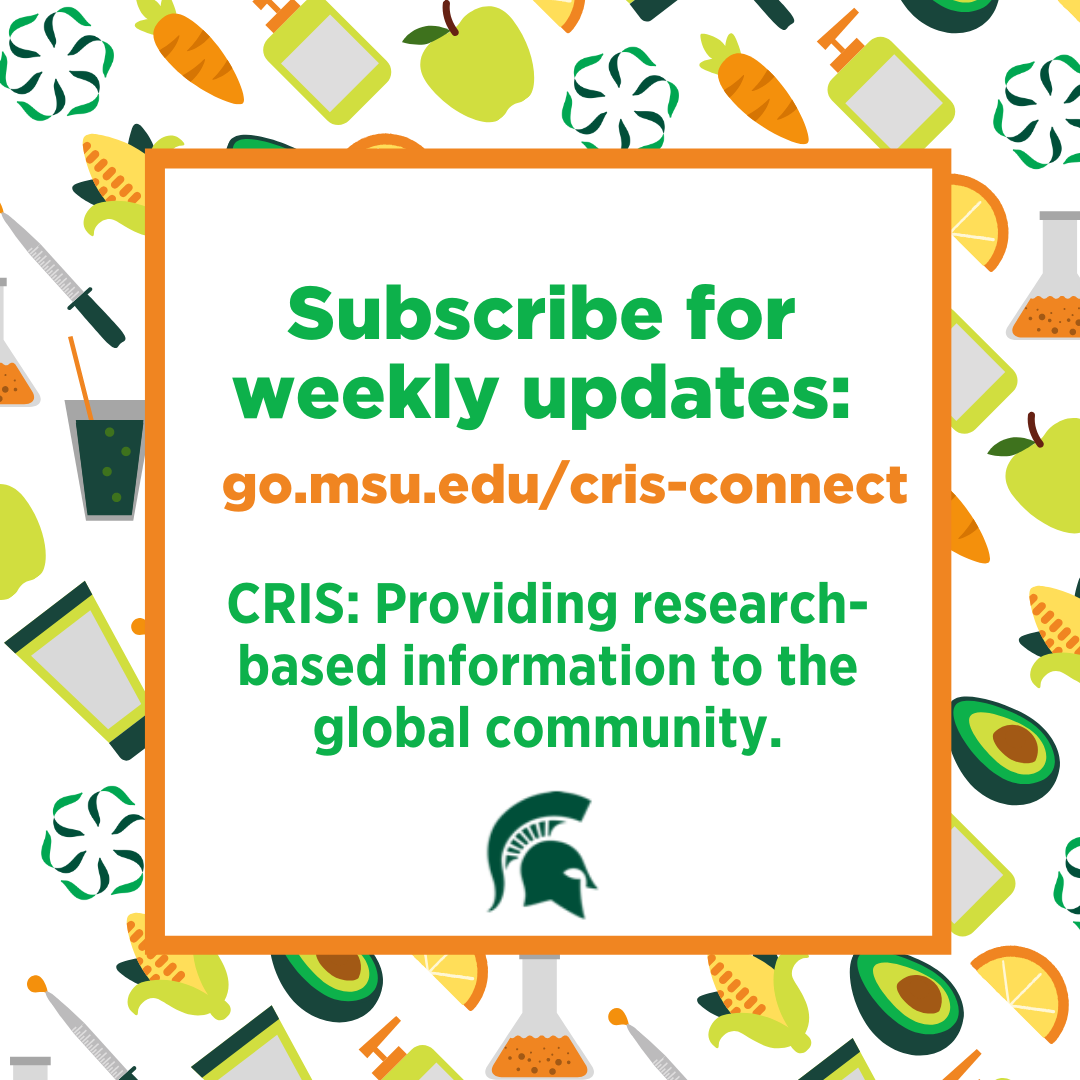How to Series – Removing Pesticide Residue
In this series, we share best practices to help you in your daily life. This post looks at safe ways to remove lingering pesticide residue.

What are pesticides?
A pesticide is a broad term used to describe natural and synthetic chemicals (remember, everything is a chemical!) that can harm or kill organisms, including insects, invasive weeds, fungi, rodents, bacteria, and more.
Pesticides have a wide range of purposes. While they are most commonly associated with agricultural use in preventing weeds, insects, and more, we also use pesticides in our daily lives.
preventing weeds, insects, and more, we also use pesticides in our daily lives.
Disinfectant cleaning products, such as bleach, are pesticides because they kill organisms like bacteria. Home-use insect control products, such as wasp and hornet killer, are also pesticides because they kill insects.
In this post, we will focus on pesticides in agricultural use, but it’s important to note that we safely use pesticides regularly.
What is pesticide residue?
Pesticide residue is the small amount of leftover pesticides from the growing and harvest process.
Pesticide residue still on the produce will be at or below the established safety threshold, ensuring it’s safe for even vulnerable populations to consume.
Do organic fruits, vegetables, and grains contain pesticide residue?
Yes. Pesticides are used in conventional and organic farming practices to control harmful insects, fungi, and other pests from causing crop damage.
Organic farming relies on naturally-derived pesticides and some synthetically-derived products like pheromones and other farming practices like crop rotation and limiting monoculture to protect crops (1,2).
Conventional farming relies on synthetically or naturally derived pesticides and products to ensure crop growth and harvest and other best practices like crop rotation.
Is pesticide residue harmful to my health?
Pesticide residues will be at or below safe consumption levels, even for vulnerable populations. Therefore, it’s not harmful to your health to eat foods that may contain pesticide residues.
Do I need to clean my fruits and vegetables before using them?
Yes. Regardless of pesticide residue concerns, the U.S. Food and Drug Administration (FDA) and the U.S. Department of Agriculture (USDA) both recommend cleaning fruits and vegetables under running water or in conjunction with scrubbing produce with a clean brush to remove superficial dirt before consuming or cooking raw produce (1,2).
What can I do to remove pesticide residues and other residues?
There are a few simple techniques you can follow that will help remove superficial dirt as well as pesticide residues:
- Peeling and trimming: Peeling and/or trimming the outer layer of skin or leaves on fruits and vegetables will help reduce pesticide residues
- Rinsing: Rinsing produce in warm water for at least one minute or longer can help reduce pesticide presence on produce.
- Soaking: Soaking produce in warm water is one of the easiest and most effective ways to remove pesticide residues
- Combination: Using one or more of the above techniques will help you remove dirt and pesticide residues
Will I have adverse health outcomes if I don’t remove all of the residues?
No, pesticide residues are at or below safe levels before any additional cleaning steps. You will further remove any dirt, dust, or residues on the produce by following the above steps.
Should I wash my fruits and vegetables with soap or detergent to remove pesticide residues?
No. The FDA and the USDA do NOT advise washing produce with detergents or soaps as these could be absorbed by or linger on the produce. Soaps and detergents have neither been approved nor labeled by the FDA for washing food and/or consumption (1,2).
Should I wash my fruits and vegetables in a solution to remove pesticide residues?
While you can remove pesticide residues using a soaking solution such as vinegar and water or salt and water, it’s not advisable. There’s a small risk the chemical reaction between the pesticides and the solution could produce potentially harmful compounds.
While this link hasn’t been established or shown to cause harm, it’s easy and effective to use plain water to wash, rinse, and soak your produce.
The good news.
While you can safely consume produce that may have pesticide residues, there are easy, affordable ways to safely clean produce while removing pesticide residues without compromising your food quality. Sometimes, the extra steps are worth the peace of mind.
If you have any questions about foods and ingredients, please reach out to us on Twitter, send us an email, or submit your idea to us at go.msu.edu/cris-idea



 Print
Print Email
Email

